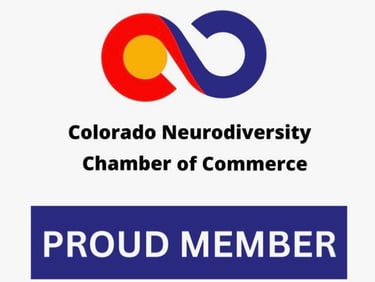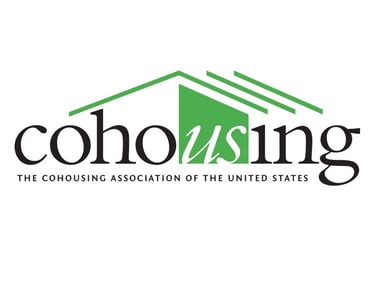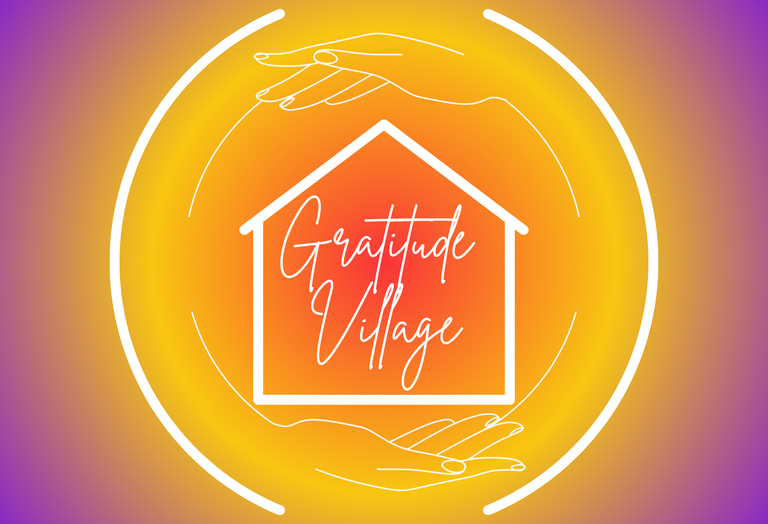Join our next In Person Info Session December 16 from 11am-1pm MST
Keeping Housing Affordable in Gratitude Village: Strategies for a Sustainable, Net-Zero Community
Affordability is a priority in Gratitude Village, a community committed to inclusivity and accessibility. Creating a sustainable, Net Zero environment can sometimes come with higher upfront costs, but there are ways to keep housing affordable while maintaining these goals. By exploring options like Community Land Trusts, forming a non-profit, and adopting innovative cost-saving practices, Gratitude Village can offer a high quality of life that remains accessible to all.
Gratitude Village
11/7/20243 min read


Affordability is a priority in Gratitude Village, a community committed to inclusivity and accessibility. Creating a sustainable, Net Zero environment can sometimes come with higher upfront costs, but there are ways to keep housing affordable while maintaining these goals. By exploring options like Community Land Trusts, forming a non-profit, and adopting innovative cost-saving practices, Gratitude Village can offer a high quality of life that remains accessible to all.
Community Land Trusts (CLTs)
A Community Land Trust (CLT) is a nonprofit model in which land is held in trust by the community, allowing residents to purchase or lease homes on that land. CLTs help keep housing costs lower by removing the cost of land from the equation, reducing property taxes, and allowing the community to control future resale prices. This ensures that homes remain affordable for future generations, even as real estate markets fluctuate.
In Gratitude Village, adopting a CLT model could mean the community collectively owns the land, with each resident or family purchasing only the home itself. This arrangement keeps costs lower and aligns with cohousing values, creating a sustainable structure that encourages residents to invest not just in their home but in the community.
Establishing a Non-Profit Organization
Setting up a non-profit organization specifically for Gratitude Village offers another way to address affordability. A non-profit could apply for grants, receive donations, and utilize government programs aimed at affordable housing. Through this non-profit, Gratitude Village could apply for tax breaks and incentives that reduce overall operational costs, which helps keep housing prices stable for residents.
A non-profit can also help manage shared resources, such as solar panels, EV chargers, and community gardens. By channeling community funds through a non-profit, Gratitude Village can continue to provide sustainable features that benefit residents without overburdening them with additional costs.
Shared Resources and Bulk Purchasing
One of the advantages of cohousing is the ability to pool resources, which can lead to significant cost savings. Gratitude Village can reduce individual expenses by purchasing materials and services in bulk, from solar panels to sustainable building materials. Buying these items as a community could also attract discounts and bulk pricing from suppliers committed to supporting sustainable developments.
Shared amenities—such as a communal kitchen, laundry facilities, and even shared vehicles—also help reduce individual household expenses while promoting eco-friendly practices. The more resources that residents can share, the less each family or individual needs to spend on private ownership of these items, making life in the community both more affordable and more sustainable.
Energy Efficiency and Net Zero Savings
A major element of affordability is keeping long-term costs low, which is where Gratitude Village’s Net Zero commitment comes in. Investing in energy-efficient designs, Passive House certifications, and renewable energy systems like solar power can reduce utility bills significantly over time. Sustainable building materials may have a higher upfront cost, but they pay off with long-term energy savings, lower maintenance requirements, and increased durability.
Gratitude Village could also consider offering financing options that align with these sustainable goals. For instance, a green mortgage program, tailored specifically for energy-efficient homes, could provide more favorable loan terms to residents, easing the financial burden of sustainable living while making Net Zero commitments achievable.
Sweat Equity and Community Participation
Encouraging residents to contribute “sweat equity” can reduce costs for the community and foster a sense of ownership and pride. This can take the form of residents pitching in to complete landscaping, paint walls, or perform light construction tasks during the building phase or for ongoing maintenance. Many cohousing communities already thrive with a culture of shared responsibilities, and expanding this to include occasional workdays or DIY projects could reduce operational expenses.
For larger tasks, the community could partner with local organizations to recruit volunteers or apply for community improvement grants that provide funds or resources to help cover construction or renovation costs.
Financing and Community Sponsorships
Financing options tailored to affordable housing or sustainable living can offer residents flexible terms and support. For instance, Gratitude Village could explore partnerships with local banks or credit unions offering low-interest loans for sustainable development projects. Alternatively, the community could explore local or federal grants specifically designed for sustainable, affordable housing projects.
Sponsorships from eco-conscious companies could provide materials, technology, or services in exchange for recognition within the community. With the help of like-minded organizations, Gratitude Village could fund and complete projects that may otherwise be too costly, such as installing green roofs, solar panels, or community-wide water conservation systems.
Committed to Affordability and Sustainability
By implementing these strategies, Gratitude Village can create a model of affordable, sustainable living that serves as a beacon for cohousing communities. From Community Land Trusts and non-profit structures to sustainable building and shared resources, every approach is geared toward keeping housing accessible without sacrificing the values of Net Zero living. Through collaboration, innovation, and a commitment to mutual support, Gratitude Village demonstrates that affordability and sustainability can go hand in hand.
Together, Gratitude Village is making it possible to build a future where affordability and eco-consciousness thrive side by side.
COMMUNITY
Join us in embracing nature, diversity and connection.
Sustainability
DIVERSITY
info@gratitudevillageco.com
720-689-4821
© 2025. All rights reserved.
AFFORDABILITY
Gratitude Village Inc. is a 501(c)3 charitable corporation that values diversity, equity, and inclusion as essential to our mission
Subscribe to our Substack
Refund Policy




Gratitude Village is a Proud Member of these organizations
